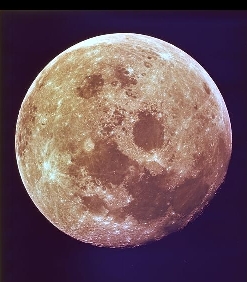The Moon.
Click on image for full size
NASA.
Motion of the Moon
The
Moon is one of the
largest celestial objects in our sky. We are so accustomed to its
motions that it may go unnoticed for long periods of time. Many
people are unaware that the Moon is visible during the day at certain
times, depending on its
phase.
Yet the Moon has a daily influence on our lives. Even though it is
small, it is close to us and it's gravity causes the ocean tides. We use its orbit to
define a fundamental unit of time for us: the month.
You might also be interested in:
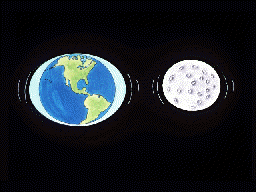
The force of gravity caused by an object gets weaker as you move farther away from that object. In this picture, the Earth is pulling on the Moon, and the Moon is pulling on the Earth. The Moon pulls more
...more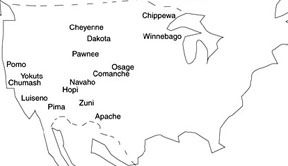
People from Asia crossed the Bering Strait into North America. These people were first in this new land and so they are known as Native Americans. Over time, these people broke into tribes (as seen on
...more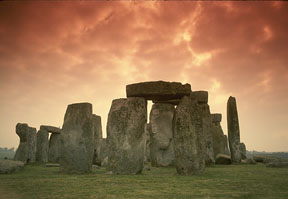
"The movements of the heavenly bodies are an admirable thing, well known and manifest to all peoples. There are no people, no matter how barbaric and primitive, that do not raise up their eyes, take note,
...more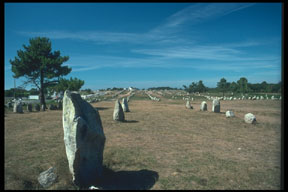
The stones of Carnac, France, are probably the most famous stones markings outside of those found at Stonehenge in England. There are many, many stones at Carnac. And these stones are very old too, the
...more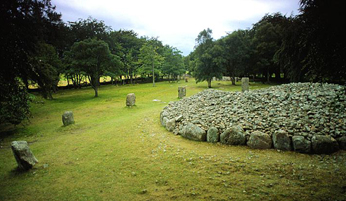
Not too far from Loch Ness, there lies three giant tombs made of stones. They are called the Balnuaran of Clava. The Balnuaran of Clava, giant tombs encased in stone, can be found close to Inverness in
...more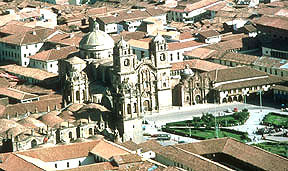
Cuzco is located in Southern Peru. It is the ancient capital of the Inca Empire. It is the oldest, continuously occupied city in the Americas. In ancient times, Cuzco was the ceremonial capital and hub
...more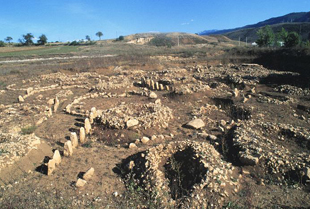
The stone structures of England and France are very famous. In Italy, you'll also find standing stones, stone rings, and stone tombs. An example of these stone structures is in Fossa, Abruzzo, in Italy.
...more


